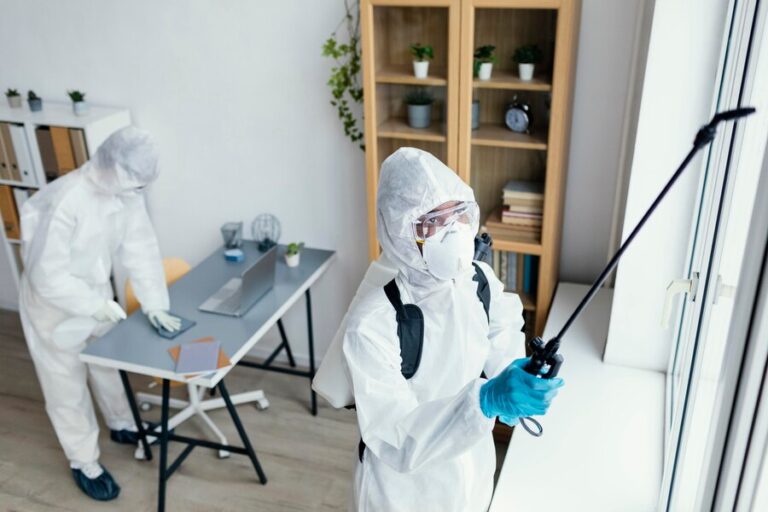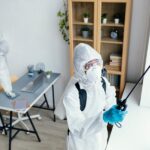What Is Mold, And Why Is It Dangerous?
A fungal growth known as mould develops and spreads on a variety of wet or decomposing organic materials. There are numerous mould species that come in a wide range of hues. The term “mould” can also refer to mildew.
They can be found all year round, indoors and out, in all kinds of weather. Moulds can thrive outside by feeding on plants and decomposing organic debris like fallen leaves. Moulds require both moisture and a carbon source from the building’s materials or contents to develop indoors.
Indoor mould growth is typically caused by an abundance of moisture. Moulds reproduce by dispersing minute spores into the air, where they land in new areas.
The spores can create new mould colonies when they land on damp or moist surfaces. Most office buildings are perfect for mould growth because they have moderate temperatures and readily accessible nutrients.
Mould exposure has happened throughout history. The mould species that are present in office buildings are neither uncommon nor especially remarkable.
It is crucial to remember that no indoor area is entirely devoid of mould spores, not even an operating room for a surgery.
We cannot escape being exposed to mould because it is present everywhere, whether indoors or out, at home or at work.
With Stachybotrys chartarum and “Toxic Mould”
Some moulds have the ability to create toxins (mycotoxins), making them toxicogenic.
The moulds themselves are not harmful or toxic, though. Stachybotrys chartarum and other mycotoxins-producing moulds provide the same health risks as other common moulds that can develop in your home or place of employment.
On the subject of whether toxic mould found indoors causes uncommon medical disorders such pulmonary haemorrhage, conflicting information exists. This topic is still being researched.
Whether it’s Stachybotrys chartarum (Stachybotrys atra) or another type of mould, mould growth in structures is a sign that there is a moisture or water issue.
The first issue to tackle is this one. Visit the CDC website’s Facts on Stachybotrys chartarum and Other Moulds for more information about this mould.







